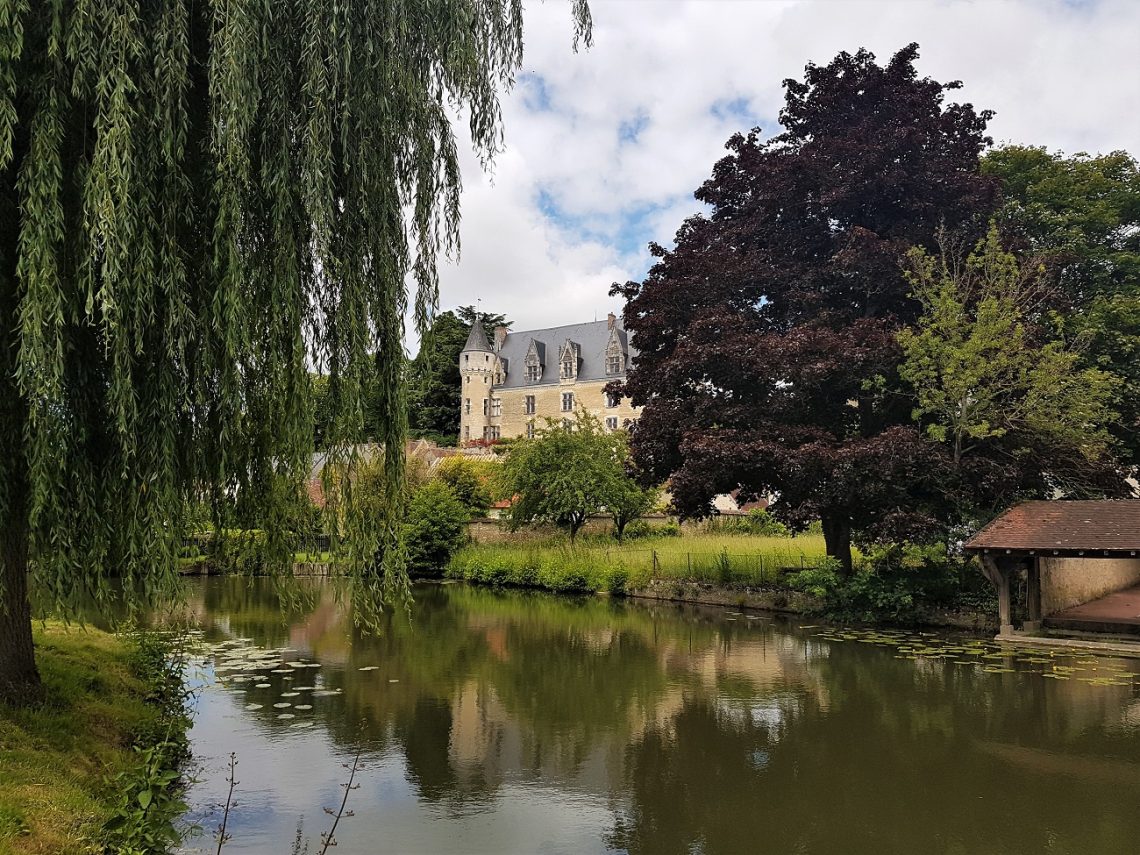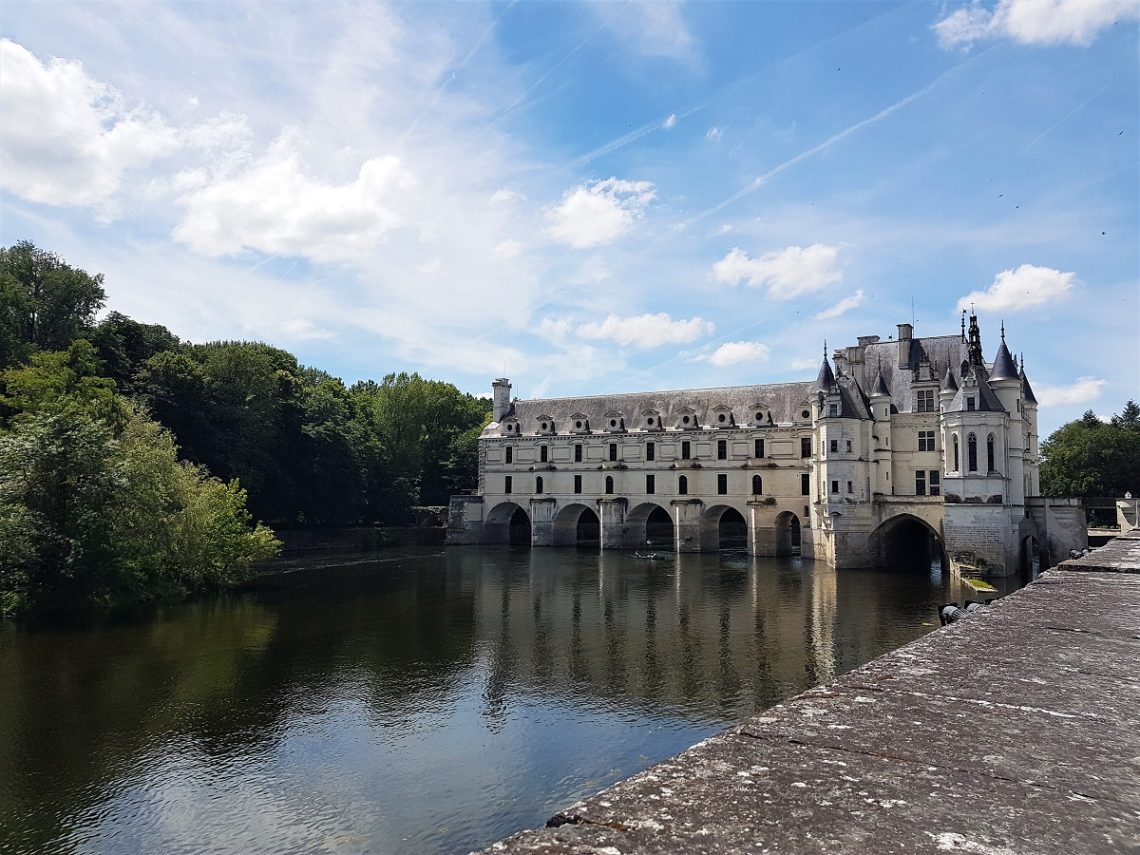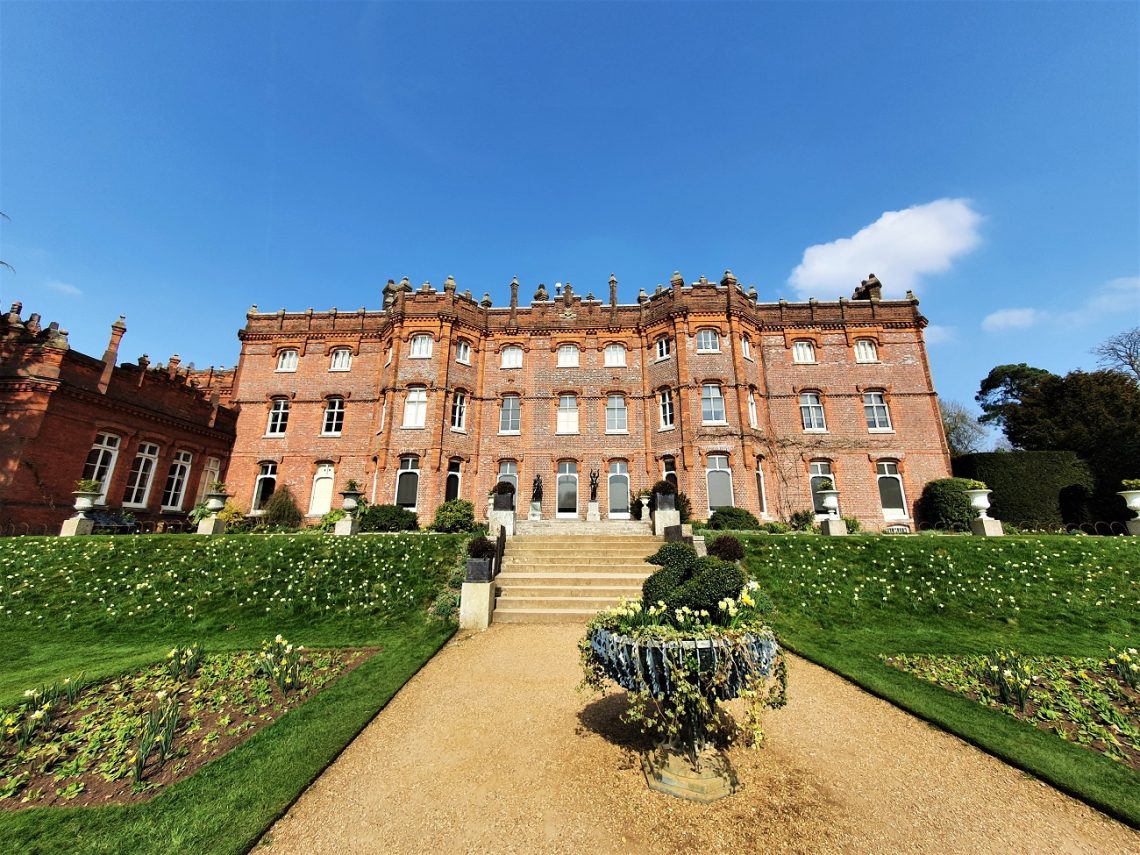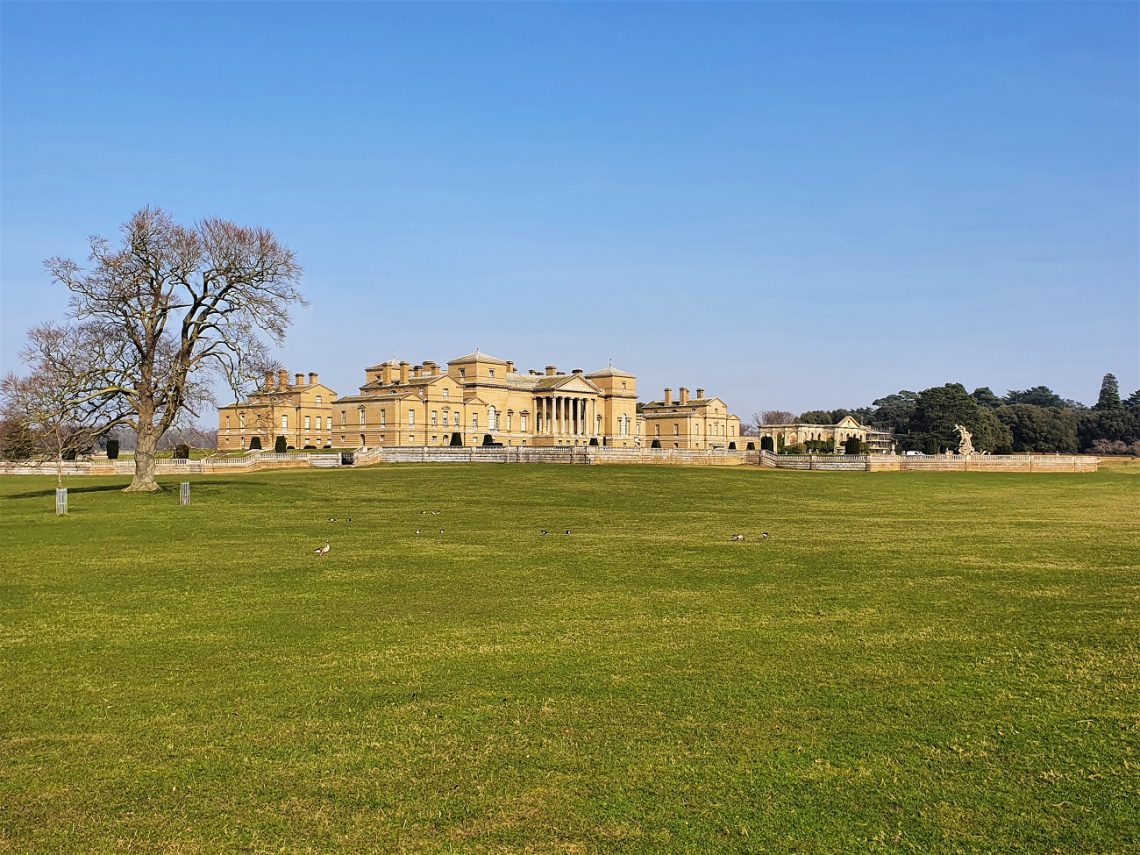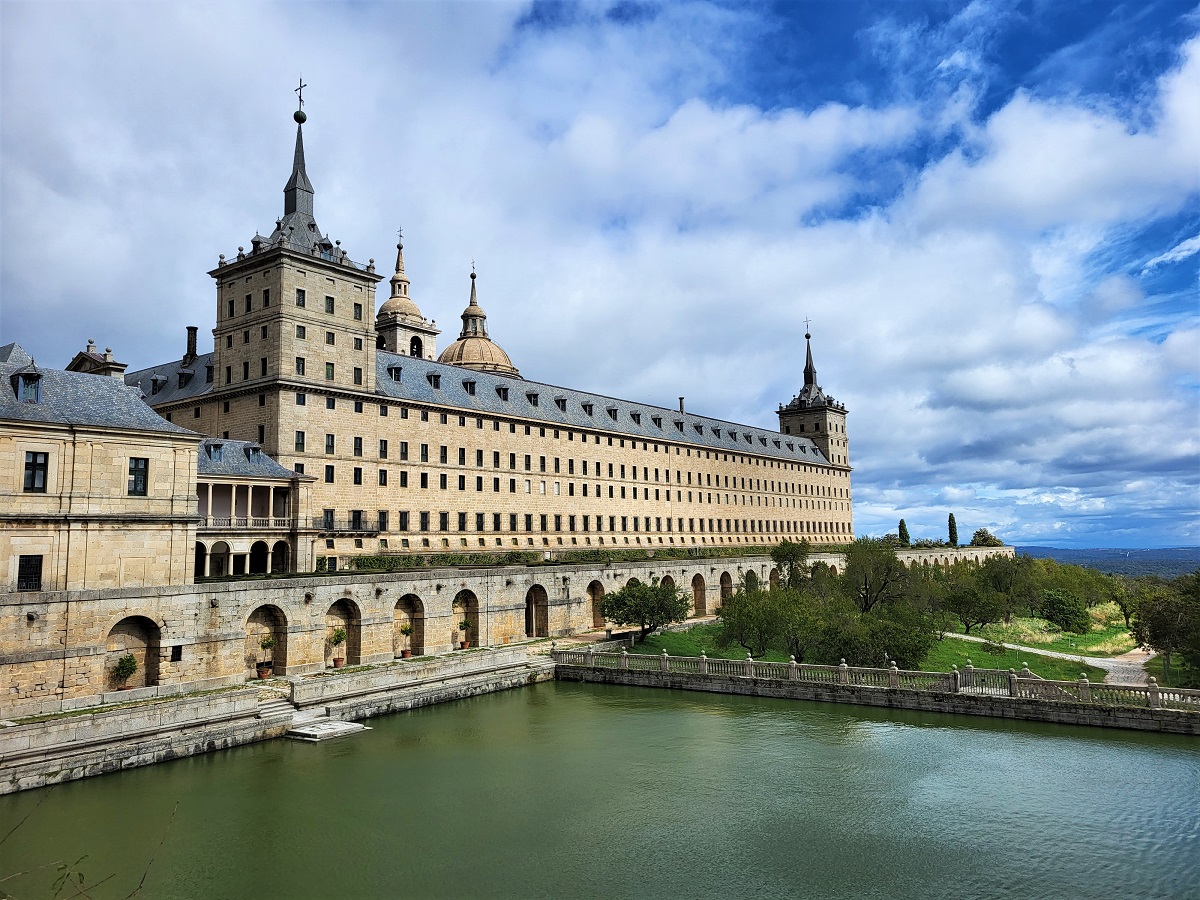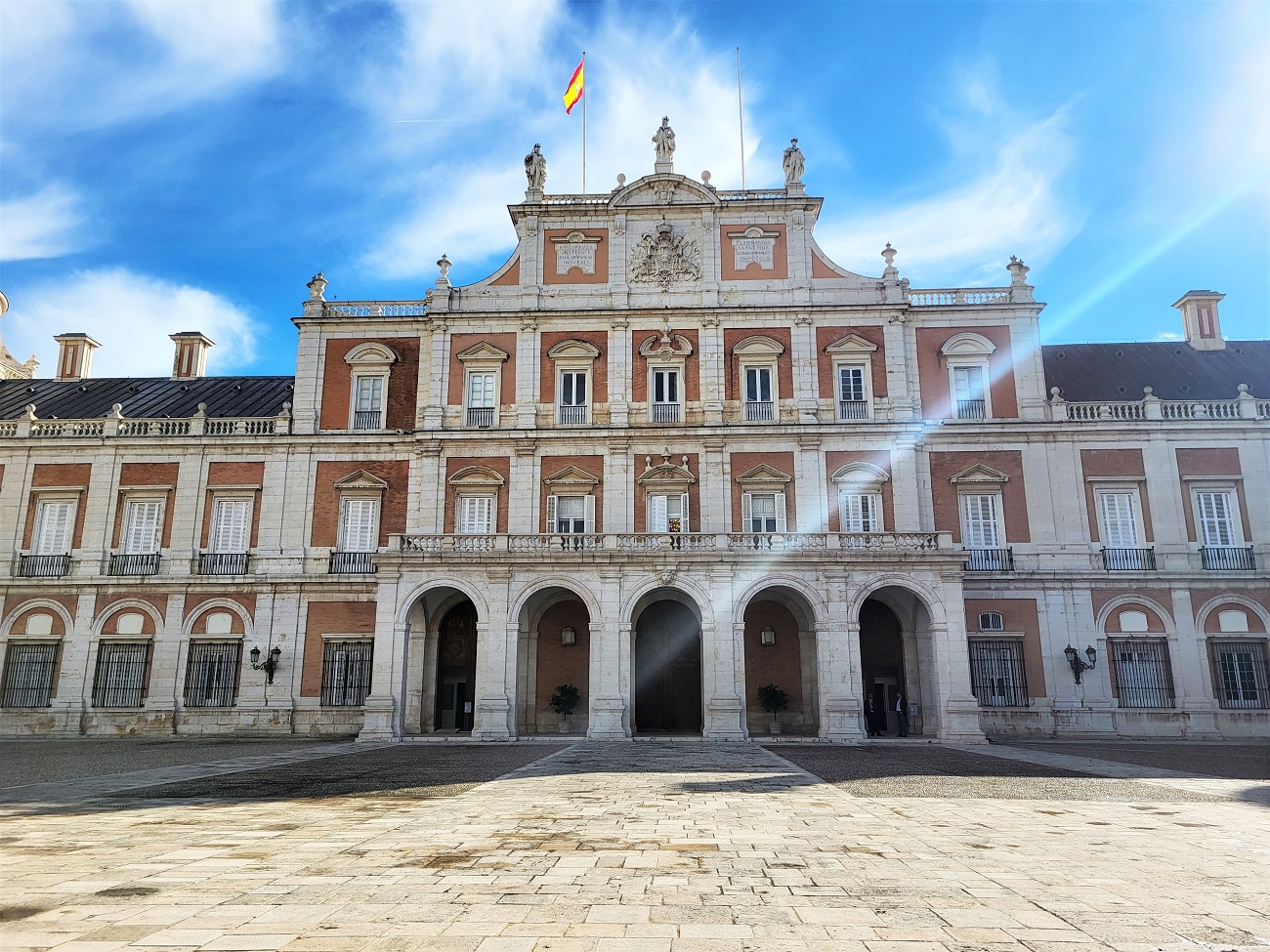Thanks to its quaint medieval streets, charming château and lovely views of the River Indrois, it’s hardly surprising that Montrésor has been named one of les plus beaux villages de France (most beautiful villages in France). It’s one of only three villages to have been given the distinction in the Loire Valley. We started our visit to Montrésor at the privately owned château, which is perched high on a rock in the centre of the village overlooking the River Indrois. The château was built in the Renaissance style by Imbert de Bastarnay (a counsellor to kings Louis XI, Charles VIII,…
-
-
Thanks to its arched bridges spanning the River Cher, Chenonceau is possibly the prettiest, most distinctive and most fairytale-like of all the chateaux of the Loire. I’d been wanting to visit Chenonceau since I was a child after my parents bought me a 3D jigsaw of it (it took forever to build!). So when my parents invited me to spend a week with them in the Loire Valley in June 2019, it was at the top of my list of places to visit. There’s been a chateau on the spot since the 12th or 13th centuries. But the current incarnation…
-
Tucked away in a valley in the Chiltern Hills you’ll find Hughenden, the country pile of former British Prime Minister Benjamin Disraeli. Queen Victoria’s favourite PM bought the 1,500-acre estate in the Buckinghamshire countryside in 1848 as a country retreat and lived there with his wife Mary Anne when he wasn’t in London. The estate dates back to at least Norman times, when it was owned by William the Conqueror’s brother, Odo, Bishop of Bayeux. The current red-brick house was built in the late 18th century and was redesigned by the architect Edward Buckton Lamb for the Disraelis in 1862.…
-
I’ve been to many a stately home in my time, but the Holkham estate on the north Norfolk coast is one of my all time favourites – and I didn’t even step foot in the hall! Made up of a grand Palladian mansion surrounded by 3,000 acres of parkland, Holkham also boasts a boating lake (above), 700 acres of woodland, a walled garden, various historic buildings, a village, a nature reserve and a sandy beach. Plus it’s home to around 400 fallow deer (below). In short, there’s plenty to see and do, and you need a full day to see…
-
At the foot of the Sierra de Guaderrama mountains, to the west of Madrid, lies the magnificent monastery of El Escorial, or San Lorenzo de El Escorial to give it its full name. Built by Felipe II between 1563 and 1584, the monastery was designed to house the remains of the Spanish royal family and over the centuries, countless members have been entombed within its gargantuan walls. Severe, austere and imposing, El Escorial is part-monastery, part-palace and quite unlike any palace I’ve been to – for at times, it feels like a giant tomb. The huge fortress-like structure is laid…
-
Of all the many places I visited in Madrid, the Museo Cerralbo was by far my favourite. Situated in an unassuming 19th century mansion, the museum showcases the former home and collection of Enrique de Aguilera y Gamboa, an archaeologist, politician and the 17th Marquis of Cerralbo. When he died in 1922, the Marquis left his collection to the Spanish nation on condition that the state keep the house as he left it. And I can’t say I blame him for that. Madrid has many lavish, ornate museums and palaces, but the Museo Cerralbo tops the lot with its jaw-dropping…
-
Some 45 minutes to the south of Madrid, you’ll find the city of Aranjuez, home to the Royal Summer Palace and Gardens. The city is where the Spanish royal family used to decamp after Easter, taking up residence in its leafy surroundings until June. The palace was originally built by the Order of Santiago after the conquest of the Moors and passed to Isabella I at the end of the 15th century. Emperor Charles V had long dreamed of turning Aranjuez into an Italianate palace, and in 1560 his son Felipe II set about making this dream a reality by…
-
Hip, friendly Porto is a foodie’s paradise boasting pretty tile-clad buildings, superb cafés and restaurants, and lots of interesting sights. Having spent four days exploring the hilly Portuguese city’s maze of narrow streets and sampling its gastronomic delights, it seemed the perfect place to add to my growing list of travel guides. Without further ado, here’s my mini travel guide to Porto… Glorious churches, cathedrals and monasteries From the Capela das Almas (Chapel of Souls) to the Igreja de Santo Ildefonso (above), many of Porto’s most memorable buildings are the glorious churches covered in the region’s distinctive blue and white…
-
Chic, laid-back, friendly, welcoming and playful are just some of the words I’d use to describe the historic French city of Nantes. The former capital of Brittany (it’s called Naoned in Breton) has been dubbed the ‘city of the dukes of Brittany’. Even though it hasn’t been part of Brittany since the Second World War when the boundaries were changed (it’s now the capital of the Pays de la Loire region), it still retains a distinctly Breton charm. The walkable city, which is situated on the banks of the River Loire and is home to more than 600,000 people, boasts…
-
Nestled in the heart of Nantes’s medieval centre lies the magnificent and imposing Chateau des Ducs de Bretagne, the former home of the dukes of Brittany. It was the place I was most excited about visiting in Nantes and on my first full day in the city, I made my way to the chateau, keen to get there soon after it opened at 10am. The chateau dates back to the 13th century and its famous former residents have included Anne, Duchess of Brittany, who went on to marry two French kings, and her father Fran?ois II. It’s also said to…

